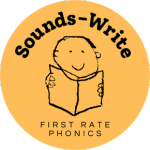Support for Parents and Carers
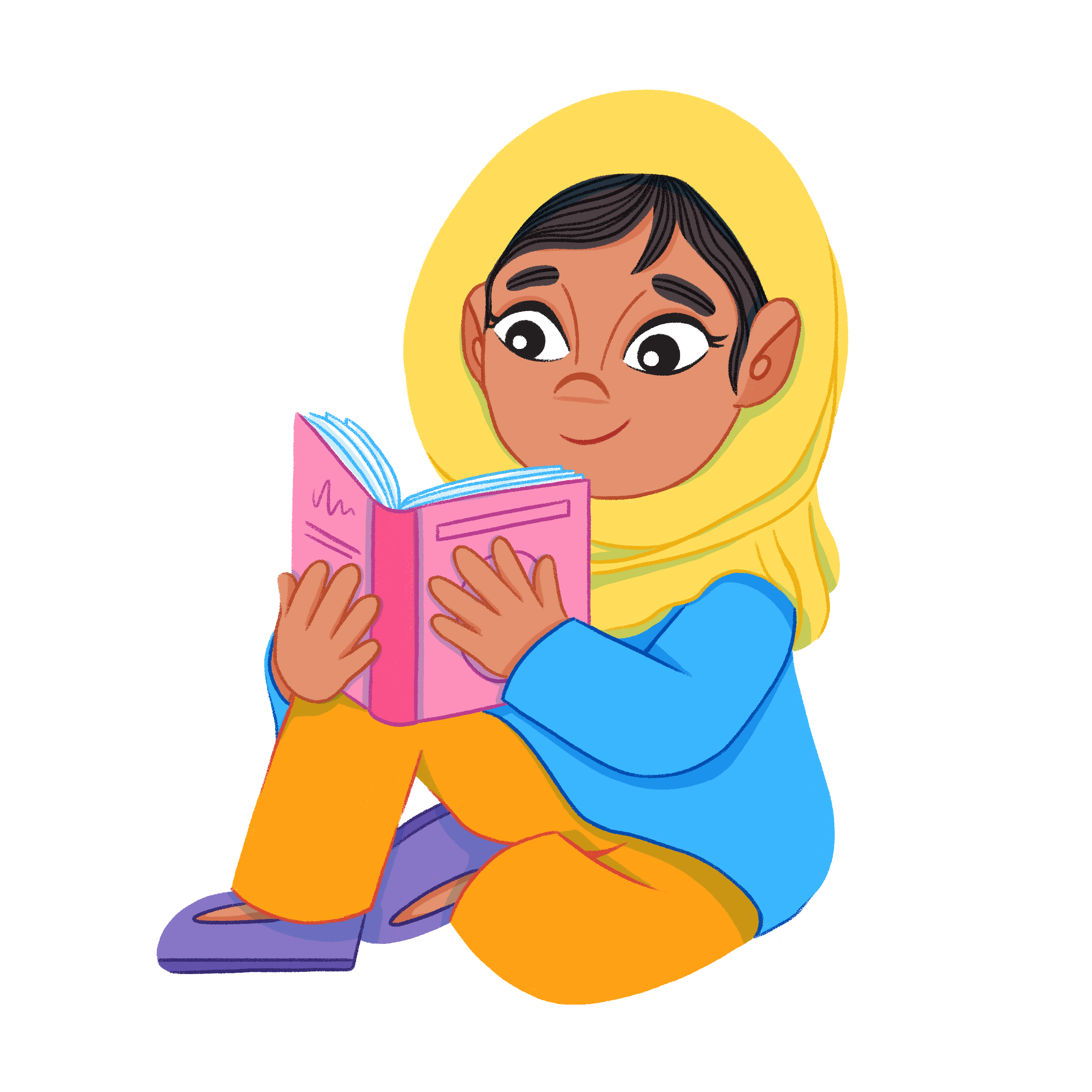
Help your child to read and write
Our free course for parents and carers will help you get your child off to a good start!
The course will show you how to:
- help your child take their first steps in reading and spelling
- understand how to help your child build, write and read simple cvc (consonant, vowel, consonant) words
- understand how to correct your child when they make a mistake in their reading or writing simple words
- have a basic understanding of how phonics works
The Sounds-Write iPad App
The Sounds-Write app will help your child to learn the spellings in the Initial Code and will enable them to practise the skills of blending and segmenting, as well as reading and writing words and sentences.
The app is available on the Apple App Store (for use on iPads only). The free version of the app provides a sample of activities, with the full version available as an in-app purchase.
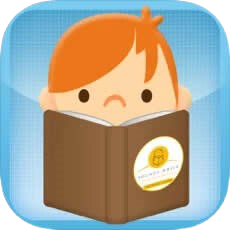
First Steps collection
The First Steps Collection is perfect for your child as they take their first steps into reading.
The simple, decodable texts enable children to practice the skills and code knowledge they are learning. The simple sentence structures and short word counts will help children practice reading without overloading them and they’ll enjoy having success!
The Initial Code books are quirky stories about children and their unusual pets. The Extend Code is based on children and their hobbies.
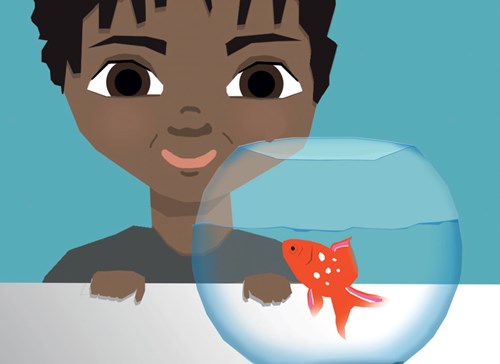
Free Initial Code First Step
e-book collection
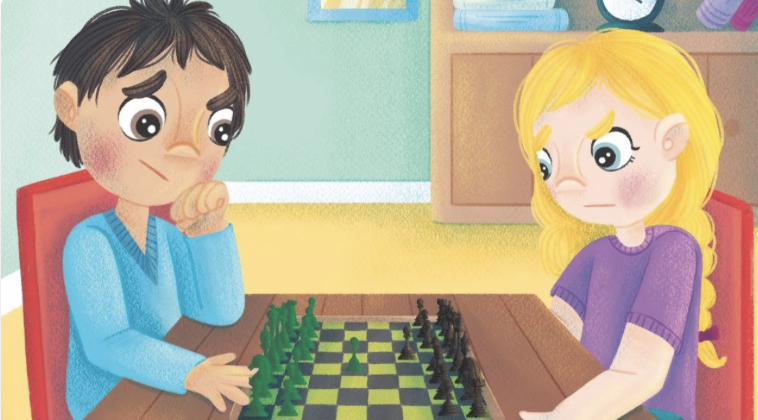
Free Extended Code First Steps
e-book collection
Help your child to read and write
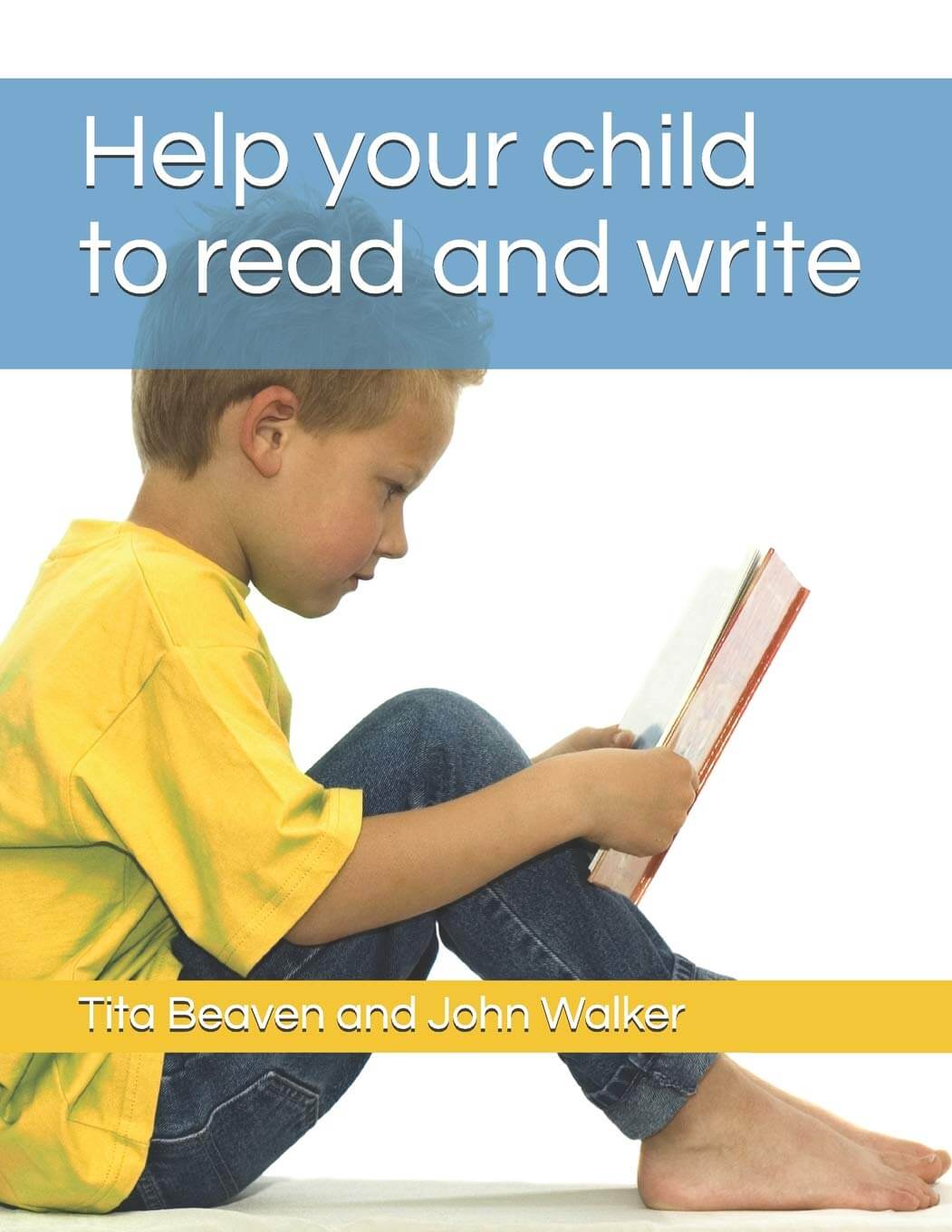
Order from Amazon Australia
FAQs
How do I provide a rich reading experience for my child?
Parents and carers often ask us what books they should read to their children.
We recommend you read a wide variety of books to your children, from classic picture books to non-fiction texts on topics that interest them.
Reading a wide variety of books to your child will provide rich reading experiences that promote a love of reading. These can be books from the class book boxes, the school library or home. The majority of these books contain complicated alphabet code knowledge, much of which has not yet been explicitly taught in Reception/Kindy or at the start of Year 1.
We encourage you to read these books with your child, rather than getting them to read them.
In doing so, you will;
- model what fluent reading ‘sounds’ like
- model appropriate expression and phrasing (e.g. slight pauses at commas and full pauses at full stops)
We also suggest that you:
- talk about the book and encourage your child to retell the main parts of the story to you
- talk about the characters, plots and settings of stories and link these to the illustrations provided
- discuss what was learnt from informational texts e.g. “What did you find out about spiders?”
- compare the people and events in the texts with those in your own lives
- select several words from the text (that your child would know) and ask them to put the word in a sentence - this is a powerful vocabulary building activity
We look forward to working in partnership with you!
How do we use 'decodable readers'?
Your child will be using 'decodable readers' at school, and bring them home to read.
These are books that enable your child to practise the sounds and spellings that they are learning. Most of the words are words that they can decode because they contain spellings they have already learnt.
When your child reads these books to you, please let them have a go at reading all of the words by themselves. Sometimes, your child may need help with a word, but before you step in, please give them a few seconds to work it out for themselves.
If your child gets stuck, a great prompt to use is: 'Say the sounds (pointing to each of the ‘sounds’ in the word) and read the word' (slide your finger along, under the whole word).
You can also ask your child questions about the stories they read to you.
Some of the words in these 'decodable books' might contain spellings your child hasn't learnt yet. At the back of the book, you'll see a list of the words that your child might need help with. When your child comes to one of these words in their book, simply read it for them. If the word was 'the' and your child didn't know how to read that word, you could simply point to the word and say: 'This is 'the', just say 'the' here.
